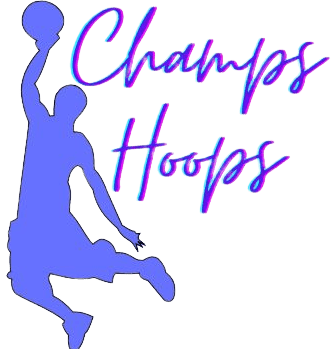A holistic approach to basketball training is needed to provide a fully rounded system. While most coaches will start with movement and end there, more experienced professionals understand that taking the time to look at the whole athlete is necessary to get…
Somebody got in my way when rebounding a basketball and I sprained my left ankle, it was disappointing because the moment I felt that sharp pain I realized I wouldn’t play basketball for at least 1 week.
The best METHODS TO HEAL SPRAINED…
I want to address the subject of Dipping while shooting a basketball. Dipping is lowering and raising the ball in line when setting it up to shoot. It generally happens when the ball is received via a pass in a “Catch-and-Shoot” motion.
You could…
A different approach to training the abs and lower back
Why is training the core (abs and lower back) essential for basketball players?
Injury Prevention – prepare their body for the rigors of the game. A strong core…
Looking for tips on Improving Shot Selection? Good shot selection is something every coach preaches. Players who ignore it view the action from the bench instead of stroking jump shots on the court.
Recognizing and executing high-percentage shots consistently is a prerequisite for reaching…
Beginners players always looking for the answer about what is traveling in basketball. Traveling violation is a penalty in basketball that occurs when an offensive player in possession of the basketball makes an extra step or an illegal movement with their other…
Winning offenses are many and varied, as there are winning coaches. To be successful, any offense must create high-percentage scoring situations from the basic offensive set and secondary options while maintaining adequate rebound coverage and defensive balance.
Those involved in the primary aspect…
Here I will discuss all the tips for improving your 3-point shooting that I learned while playing basketball. It took me 3 or 4 years to understand basic things that answer the question of how to shoot three-pointers.
Shoot 3 Pointers Tips By…
One of the questions most often asked by younger, growing players is, “How can I increase my vertical?” I’ll be honest, the only people who Improve their verticals are the ones who spend time jumping and training to strengthen the muscles in…
Becoming a great shooter is not something that just happens overnight. It takes time and effort in the gym to work on your shot, but it also requires the proper basketball training. We have all heard the phrase, “practice makes perfect” but that…
